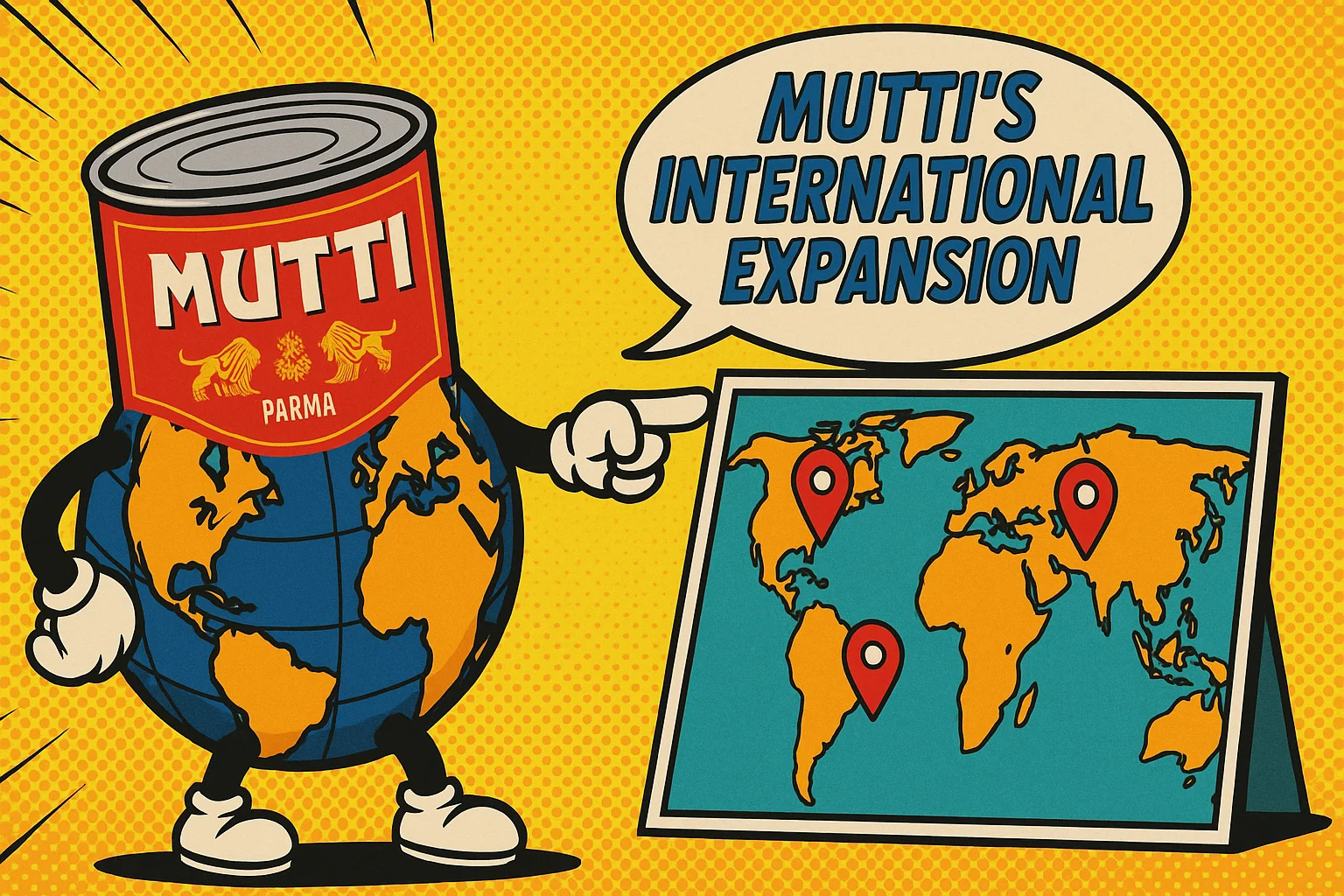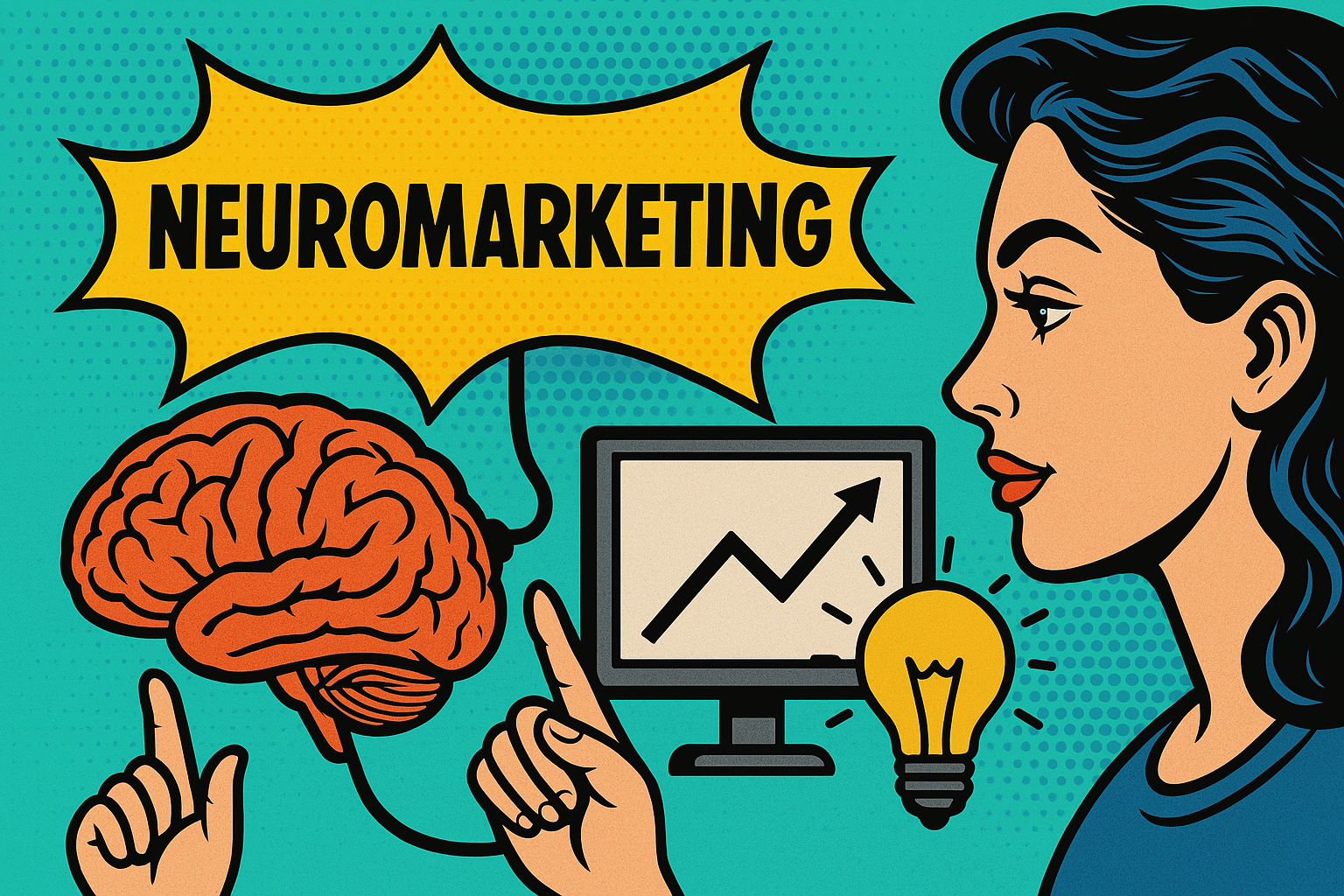

The world of B2B sales is undergoing a profound transformation. The strategies that worked just a decade ago are no longer as effective, and companies risk falling behind if they don’t adapt. This article will analyze the main challenges sales face today and explore new strategies for success in this new environment.
One of the most significant changes is the lengthening of the sales cycle. Previously, companies could send a price list via LinkedIn and close a sale. Today, buying processes are much more complex, and potential customers need more information and time to decide. Companies must develop more sophisticated nurturing strategies to keep leads engaged throughout the buying process.
Another major challenge is market saturation. Buyers now have countless options, making it difficult for companies to stand out. To succeed, companies must develop a unique and differentiated value proposition that resonates with their target audience.
Segmenting the market and reaching the right decision-makers is also becoming increasingly difficult. Buyers are increasingly informed and demanding, and they expect personalized experiences. B2B companies must use data and analytics to better segment their target market and develop customized marketing and sales strategies.
The millennial generation’s rise to power is further changing the B2B landscape. Millennials are digital natives accustomed to interacting with companies through online channels. B2B companies that want to succeed with this new demographic must adapt to their preferences and develop solid online marketing and sales strategies.
Collaboration between marketing and sales is more critical than ever. In the past, these two departments often worked in silos. However, they must work together closely and be aligned to be successful today. This means sharing data, setting common goals, and developing joint strategies.
Digitization has transformed all aspects of the business world, including B2B sales. However, many companies must make the most of the available technological tools. B2B companies must invest in the right tools and use them effectively to improve their marketing and sales processes.
In the past, B2B companies typically had a single supplier for each need. However, today B2B buyers are more likely to work with multiple suppliers. This means that B2B companies need to be more flexible and adapt to their customers’ changing needs.
The world of B2B sales is changing rapidly, and companies that fail to adapt will be left behind. To succeed in this new environment, B2B companies need to develop new strategies that address the challenges of today’s market. These strategies should include a focus on lead nurturing, differentiation in a saturated market, effective segmentation and outreach to decision-makers, adaptation to the preferences of the millennial generation, collaboration between marketing and sales, the proper use of technology, and a flexible and adaptable approach to working with multiple suppliers.
The world of B2B sales is undergoing a profound transformation. The strategies that worked just a decade ago are no longer as effective, and companies risk falling behind if they don’t adapt. This article will analyze the main challenges sales face today and explore new strategies for success in this new environment.
One of the most significant changes is the lengthening of the sales cycle. Previously, companies could send a price list via LinkedIn and close a sale. Today, buying processes are much more complex, and potential customers need more information and time to decide. Companies must develop more sophisticated nurturing strategies to keep leads engaged throughout the buying process.
Another major challenge is market saturation. Buyers now have countless options, making it difficult for companies to stand out. To succeed, companies must develop a unique and differentiated value proposition that resonates with their target audience.
Segmenting the market and reaching the right decision-makers is also becoming increasingly difficult. Buyers are increasingly informed and demanding, and they expect personalized experiences. B2B companies must use data and analytics to better segment their target market and develop customized marketing and sales strategies.
The millennial generation’s rise to power is further changing the B2B landscape. Millennials are digital natives accustomed to interacting with companies through online channels. B2B companies that want to succeed with this new demographic must adapt to their preferences and develop solid online marketing and sales strategies.
Collaboration between marketing and sales is more critical than ever. In the past, these two departments often worked in silos. However, they must work together closely and be aligned to be successful today. This means sharing data, setting common goals, and developing joint strategies.
Digitization has transformed all aspects of the business world, including B2B sales. However, many companies must make the most of the available technological tools. B2B companies must invest in the right tools and use them effectively to improve their marketing and sales processes.
In the past, B2B companies typically had a single supplier for each need. However, today B2B buyers are more likely to work with multiple suppliers. This means that B2B companies need to be more flexible and adapt to their customers’ changing needs.
The world of B2B sales is changing rapidly, and companies that fail to adapt will be left behind. To succeed in this new environment, B2B companies need to develop new strategies that address the challenges of today’s market. These strategies should include a focus on lead nurturing, differentiation in a saturated market, effective segmentation and outreach to decision-makers, adaptation to the preferences of the millennial generation, collaboration between marketing and sales, the proper use of technology, and a flexible and adaptable approach to working with multiple suppliers.



